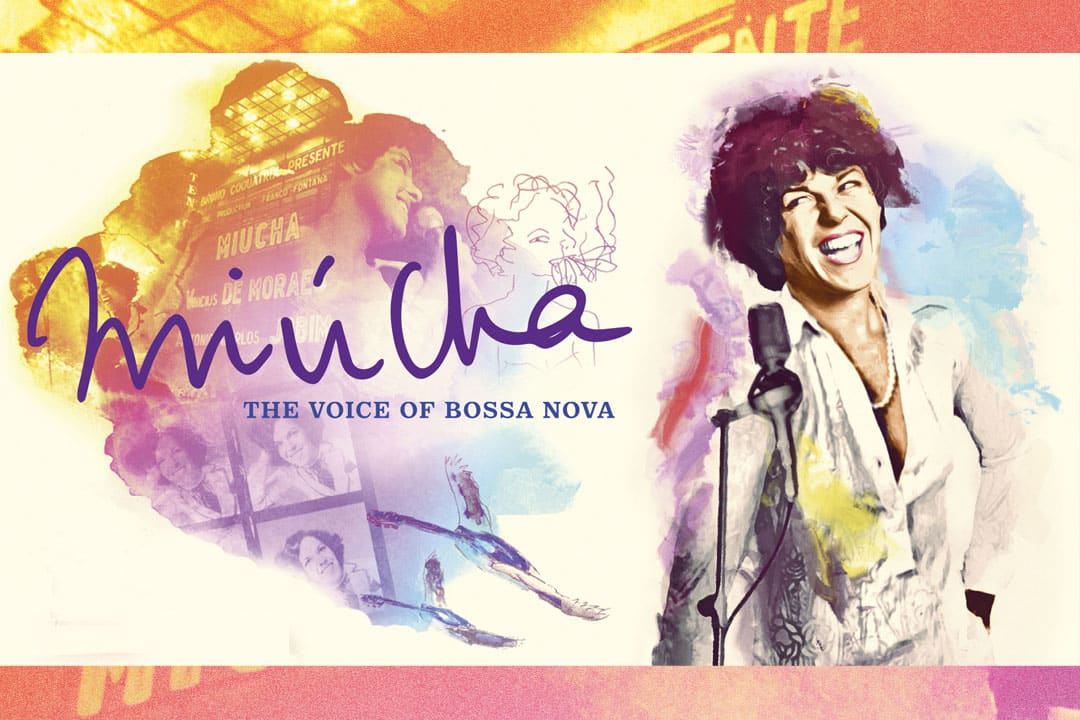Miúcha, The Voice of Bossanova was unveiled just a couple weeks ago at the Toronto International Film Festival. Co-directed by Miúcha’s cousin, Daniel Zarvos, the film dives deep into archival footage and recordings of Miúcha to recover her legacy.
Bossanova was all the rage in the 1960s; with its charming sounds of acoustic guitar and samba drums, it quickly made its way into many household playlists. With the 1964 release of “Getz/Gilberto,” the genre quickly spread across the world, and along with it, the people who had brought this genre to life. In particular, the creator of the genre was Joao Gilberto—whose wife Miúcha was left behind despite her massive contribution to the genre and the artists within it.
Born Heloísa Maria Buarque de Hollanda, Miúcha was a wife and sister to some of the greatest names in bossanova; but lesser known she was also a singer, a songwriter and an inspiration. But, like many women throughout history, she was overshadowed by her male partners, colleagues, and family members. Under the co-direction of Liliane Mutti, the film Miúcha, The Voice of Bossanova carefully highlights the setbacks of being an independent female artist. Miúcha’s story is a tale of resilience and strength, with heavy themes of female liberation.
Through cinematic videos shot on 16mm film, the movie allows viewers to relive Miúcha’s life through her perspective. The film’s location sprawls out between three cities: New York City, Paris, and her hometown, Rio de Janeiro, Brazil. For the first time, these home videos, recordings and photographs are shown to the public and are contextualized with her own words taken from letters that she wrote between 1960 to 1980.
This is Zarvos’ first feature length film; in the past he mainly stuck to experimental and underground films, but it’s obvious that some of these aesthetic preferences carried over. With rich design and careful construction, the directors created the film without adhering to traditional documentarial styles. There were no interviews conducted, the visuals instead were more reminiscent of what would be found in a fictional film.
The use of elements like music and paintings help to give Miúcha the extra vitality that makes it such a well-rounded film. The use of music in this film is vital to not only the storyline and Miúcha herself, but also to how the filmmakers communicate the atmosphere. By using a variety of bossanova tracks, the filmmakers find a way to portray almost all of the moods throughout the film. Except for one particular mood, whenever Miúcha is prevented from playing music, the music simply stops. It replicates the dull feeling when the needle reaches the end of a record; when life begins to lose its meaning.
It is clear that this is a deeply personal film to Zarvos and Mutti, but it is also undeniably personal for the viewer. The passion put into the curation of the content used in the film is so obvious that it is impossible for the viewer not to bond with Miúcha through the screen. Her endearing personality and zest for life is so genuinely portrayed; as she navigates various heavy topics, the film somehow manages to give off a sense of hope and lightheartedness.
If you are interested in music, the struggle of female artists, or even just documentaries – I would recommend this film to you.









